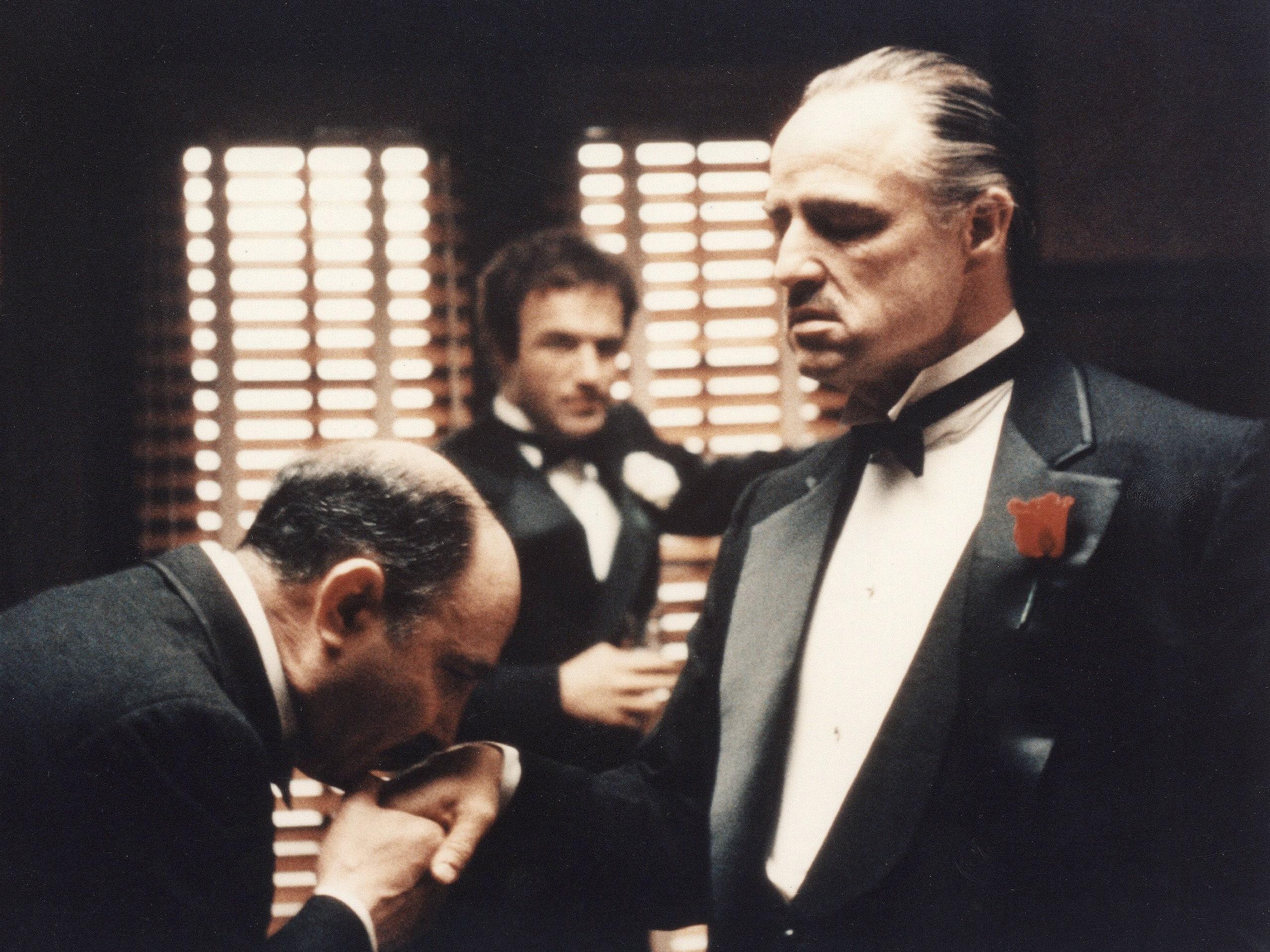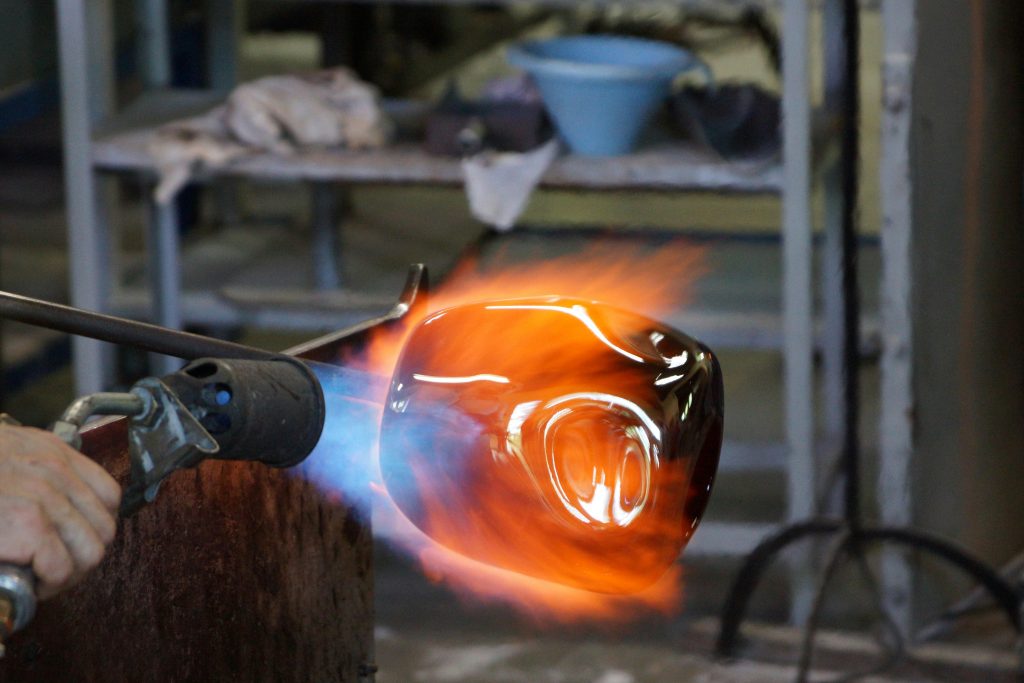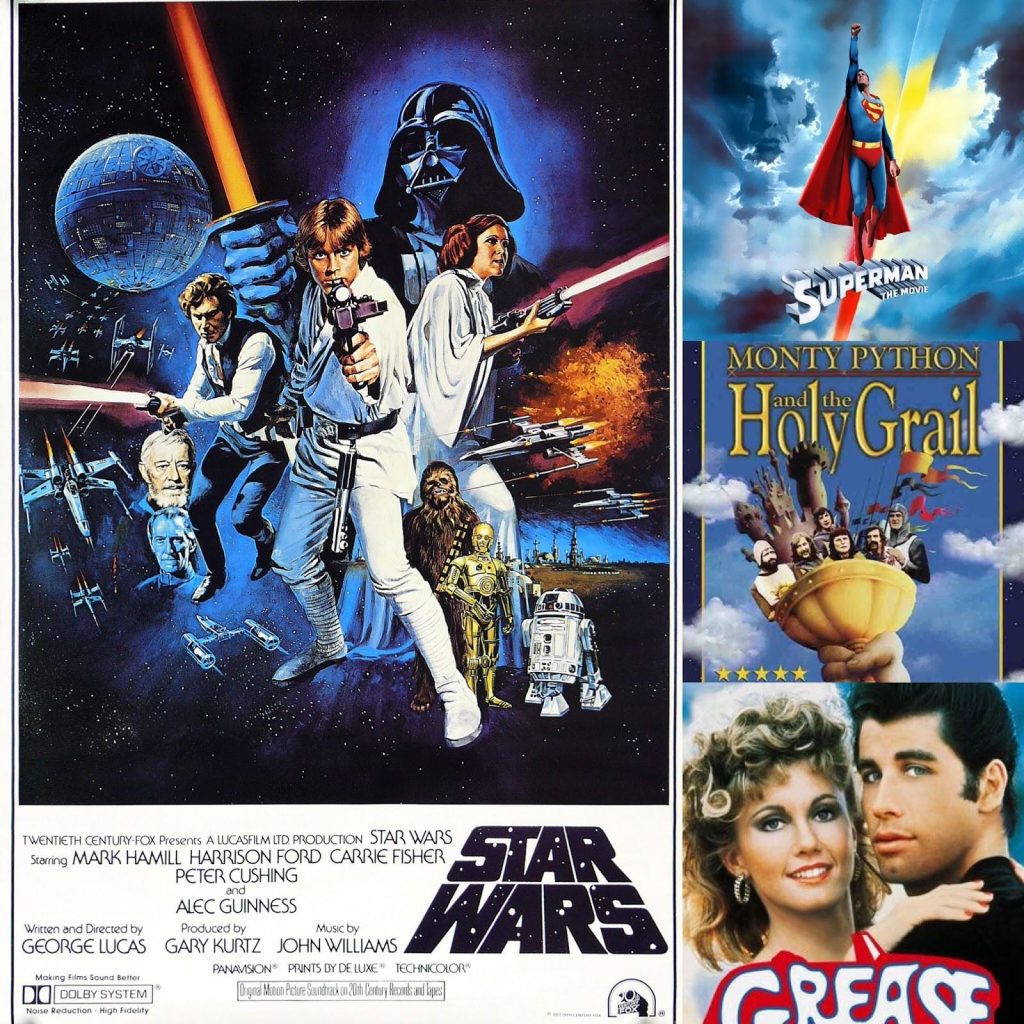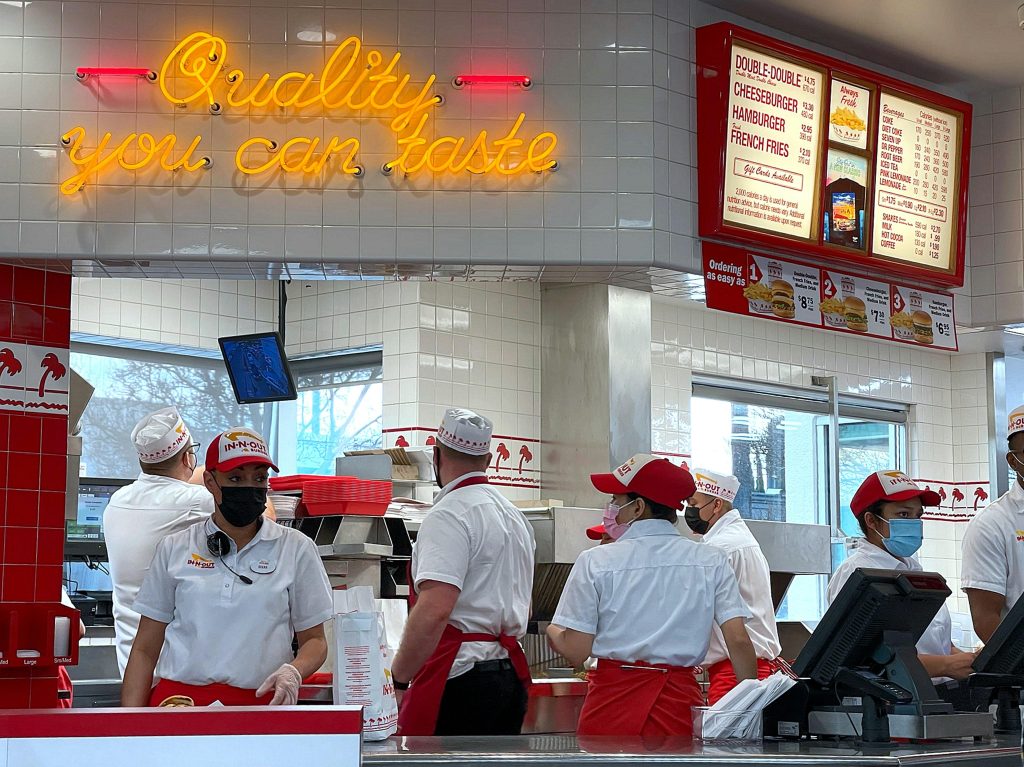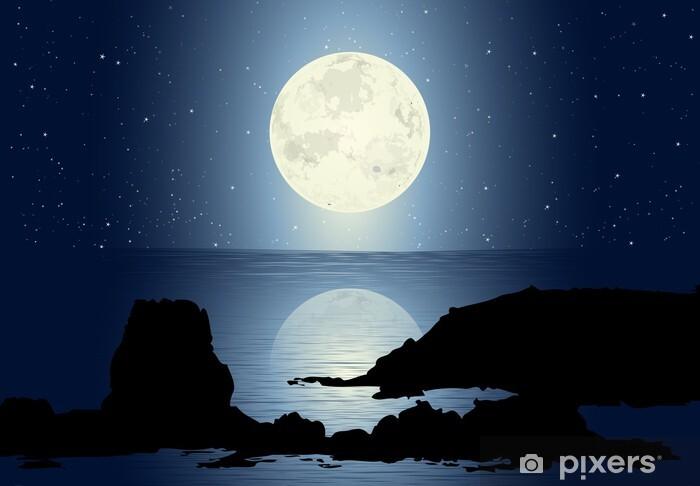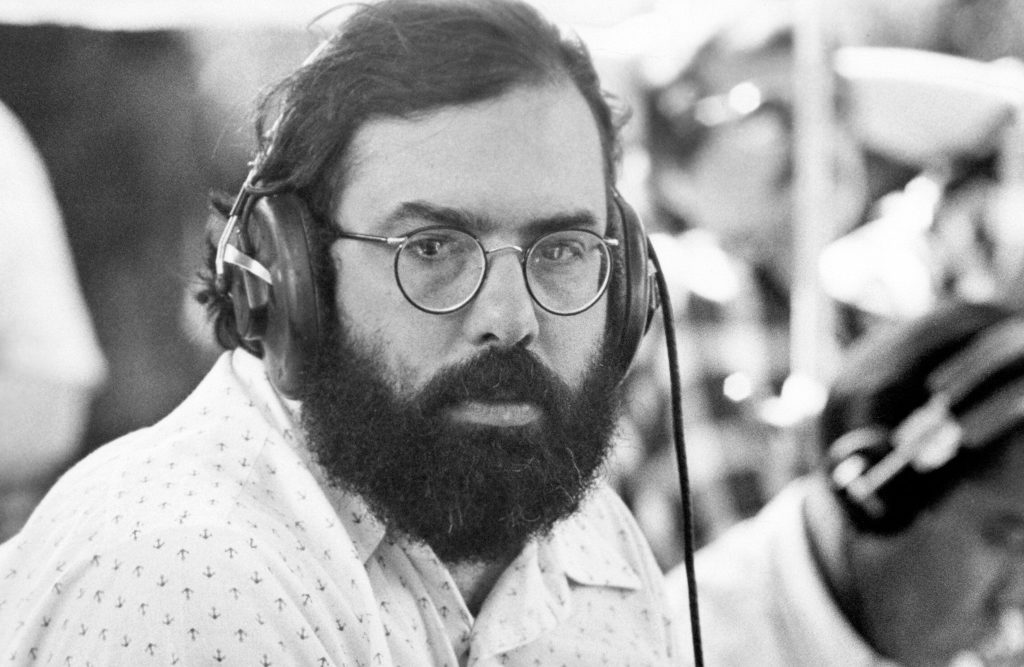In the dimly lit confines of a New York City office, an offer was made that cinema simply couldn’t refuse. “The Godfather,” Francis Ford Coppola‘s magnum opus, emerged from the shadows in 1972, forever altering the landscape of filmmaking. With its intricate tapestry of family loyalty, power struggles, and moral complexity, the film transcended the boundaries of the gangster genre to become a cultural touchstone. As we delve into the profound impact of this cinematic masterpiece, we explore how “The Godfather” not only redefined storytelling but also reshaped the very fabric of Hollywood, setting a new standard for narrative depth and artistic ambition. Join us as we unravel the legacy of a film that became a cornerstone of American cinema, influencing generations of filmmakers and captivating audiences with its enduring allure.
The Cinematic Revolution: The Godfathers Mastery of Storytelling
The visual and narrative brilliance of The Godfather is nothing short of revolutionary. This masterpiece, directed by Francis Ford Coppola, deftly intertwines themes of power, family, and betrayal with a level of intricacy that cinema had rarely seen before. Its storytelling is elevated by a unique blend of visual artistry and scriptwriting finesse, crafting an immersive world where every scene is meticulously curated to serve the overarching narrative. The film’s ability to portray the complexity of its characters—each deeply flawed yet profoundly relatable—set a new standard for character development in cinema.
- Non-linear storytelling: By seamlessly weaving together different timelines, the film challenges audiences to piece together the intricate puzzle of the Corleone family saga.
- Symbolic imagery: Iconic scenes, such as the opening wedding sequence and the chilling baptism scene, use symbolism to deepen the narrative impact.
- Authentic dialogue: The screenplay captures the nuances of conversation, enhancing the realism and depth of character interactions.
These elements combine to form a cinematic experience that not only captivates viewers but also invites them to ponder the moral complexities faced by its characters. The Godfather thus stands as a testament to the transformative power of storytelling in film, influencing countless filmmakers and reshaping the landscape of cinema for generations to come.
Iconic Characters and Performances: A New Era of Acting Excellence
The release of “The Godfather” marked a seismic shift in the realm of acting, ushering in a new era of performance excellence that would redefine cinematic benchmarks. At the heart of this transformation was Marlon Brando‘s portrayal of Don Vito Corleone, a role that became a masterclass in subtlety and depth. His performance was not just an acting triumph but a cultural phenomenon that introduced audiences to a character both ruthless and empathetic. Al Pacino, as Michael Corleone, further exemplified this new era with a nuanced evolution from innocent outsider to calculating mob leader, showcasing a journey that was as compelling as it was inevitable.
- Marlon Brando’s Don Vito: A character whose gravitas and presence set a new standard for leading roles.
- Al Pacino’s Michael: A portrayal that highlighted the complexity of transformation and moral ambiguity.
- James Caan’s Sonny: The embodiment of impulsive energy and tragic downfall.
The performances in “The Godfather” not only captivated audiences but also inspired a generation of actors and filmmakers. The film’s emphasis on character-driven storytelling and emotional authenticity became a blueprint for future cinematic endeavors, ensuring its legacy as a cornerstone of modern acting excellence.

The Art of Filmmaking: Techniques That Redefined Visual Storytelling
When Francis Ford Coppola’s masterpiece hit the silver screen in 1972, it wasn’t just a film; it was a revolution in storytelling. One of the most notable techniques employed was the use of lighting and shadow. This wasn’t merely for aesthetic pleasure but served to mirror the internal conflicts of its characters, adding a layer of depth that was seldom seen in films of that era. By contrasting the dark interiors of the Corleone family’s world with the bright exteriors, Coppola effectively illustrated the duality of their existence—operating in the shadows while living in plain sight.
- Non-linear storytelling: The Godfather popularized a complex narrative structure, intertwining multiple timelines that gave audiences a broader perspective on the characters’ motivations and histories.
- Innovative sound design: Nino Rota’s haunting score was not just background music but a character in its own right, enhancing the emotional weight of each scene.
- Character-driven plot: The film shifted the focus from action to character development, allowing audiences to explore the intricacies of each individual’s psyche, from Michael’s transformation to Vito’s legacy.
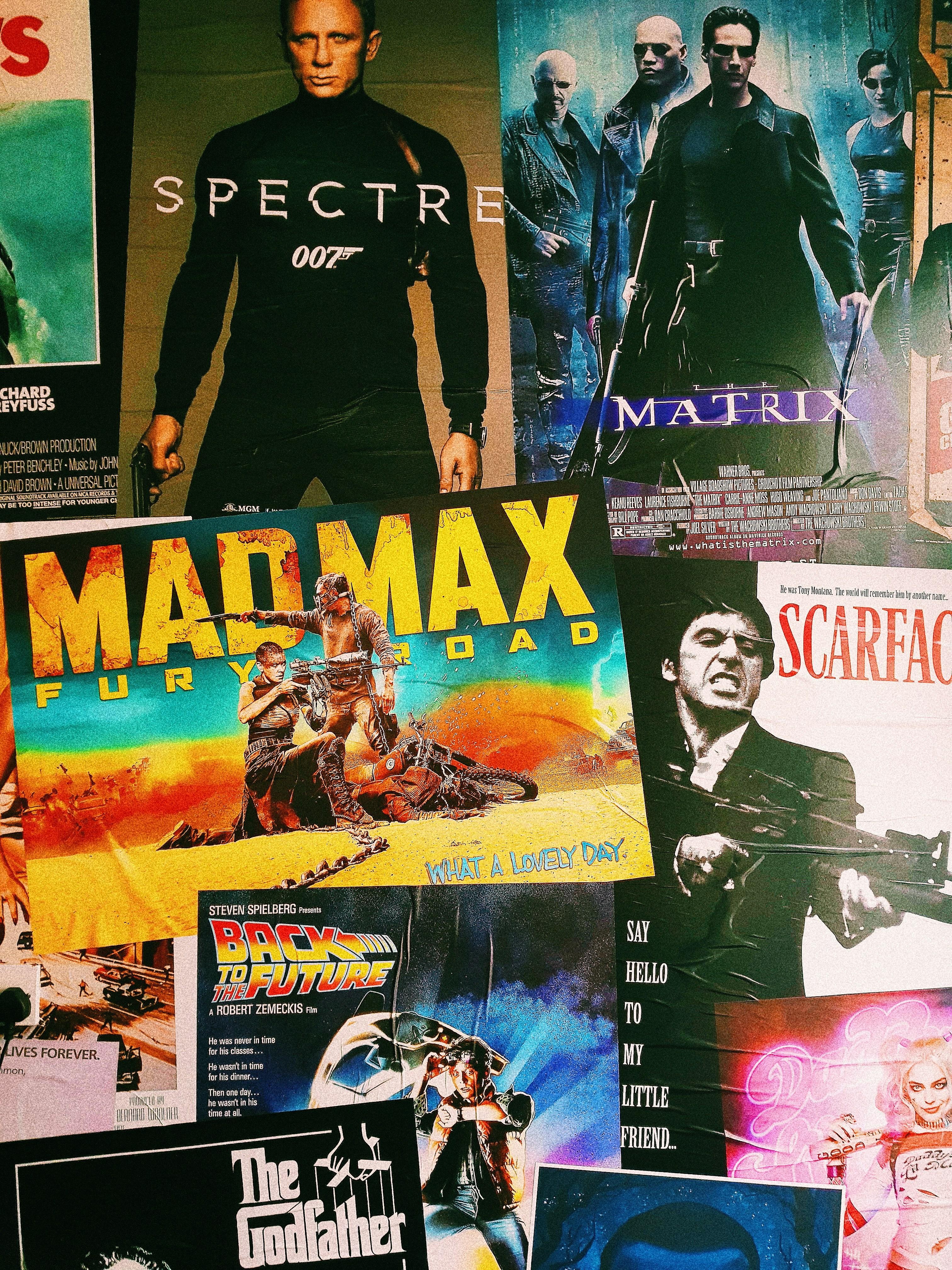
Legacy and Influence: The Godfathers Enduring Impact on Modern Cinema
The indelible mark left by The Godfather on modern cinema is a testament to its revolutionary approach to storytelling and character development. Francis Ford Coppola’s masterpiece transformed the gangster genre, elevating it from pulp entertainment to high art. Cinematography was redefined through the film’s use of shadow and light, a technique that has since become a hallmark of suspense and drama in contemporary filmmaking. The intricate narrative, woven with themes of power, family, and betrayal, has inspired countless filmmakers to explore complex characters and moral ambiguity in their own works.
- Character Complexity: Coppola’s portrayal of the Corleone family introduced audiences to a depth of character previously unseen in crime dramas.
- Cinematic Techniques: The use of chiaroscuro lighting and non-linear storytelling set new standards for visual storytelling.
- Cultural Impact: The film’s iconic quotes and scenes have permeated popular culture, influencing not only movies but also television and literature.
Moreover, The Godfather has been a blueprint for success in the film industry, teaching directors the value of meticulous detail and narrative depth. Its influence extends beyond the silver screen, as it continues to inspire new generations of storytellers to push the boundaries of cinematic art.

